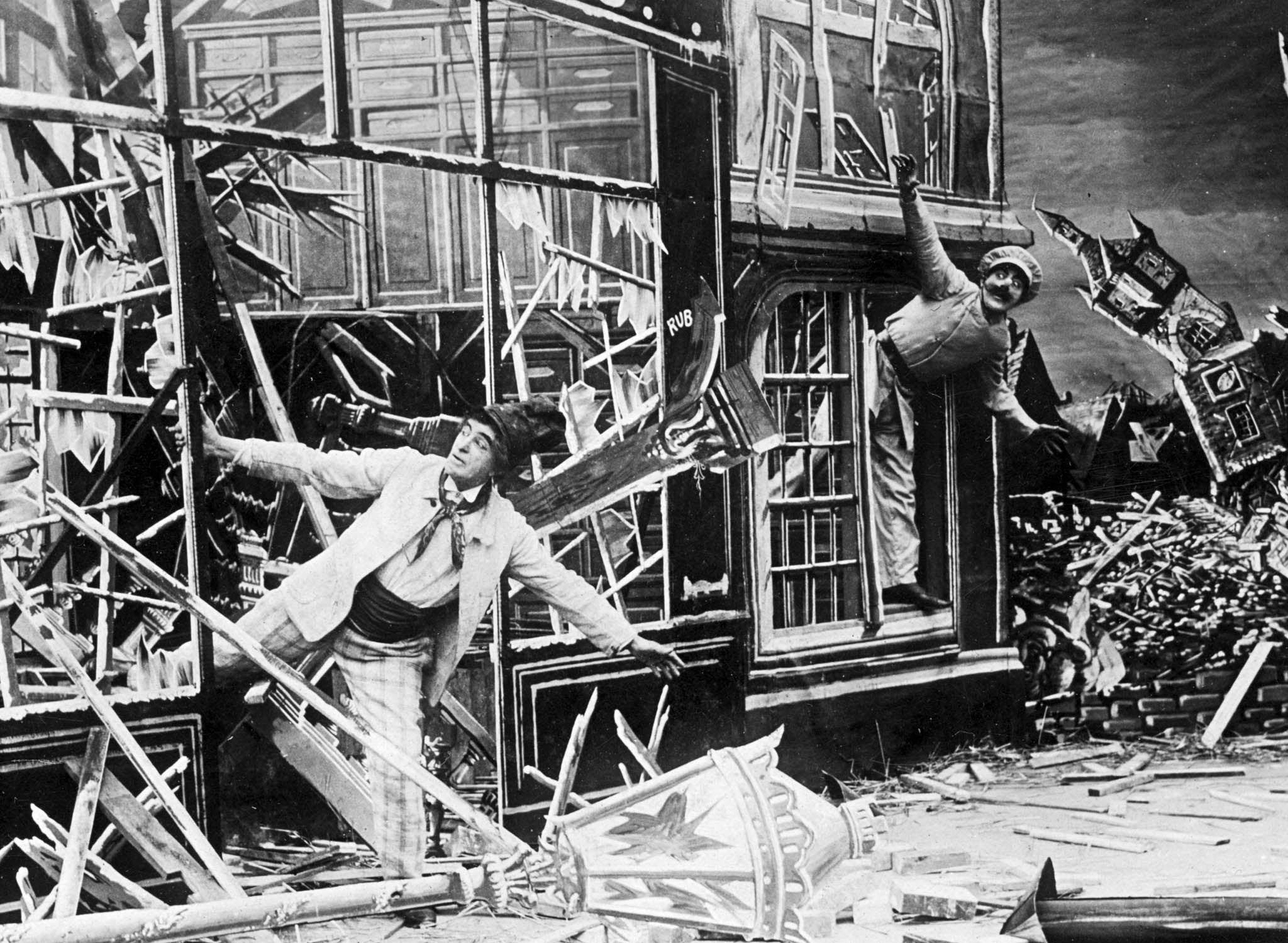Georges Méliès: France's magician of early cinema who sent a rocket (in)to the moon
Pioneering silent filmmaker specialised in steam punk imagery and innovative effects taking inspiration from stage illusions, Jules Verne and HG Wells
Your support helps us to tell the story
From reproductive rights to climate change to Big Tech, The Independent is on the ground when the story is developing. Whether it's investigating the financials of Elon Musk's pro-Trump PAC or producing our latest documentary, 'The A Word', which shines a light on the American women fighting for reproductive rights, we know how important it is to parse out the facts from the messaging.
At such a critical moment in US history, we need reporters on the ground. Your donation allows us to keep sending journalists to speak to both sides of the story.
The Independent is trusted by Americans across the entire political spectrum. And unlike many other quality news outlets, we choose not to lock Americans out of our reporting and analysis with paywalls. We believe quality journalism should be available to everyone, paid for by those who can afford it.
Your support makes all the difference.French filmmaker Georges Melies (1861-1938) is the subject of today's Google Doodle, the first ever presented as a 360 degree VR animation.
Melies is an entirely fitting subject for this innovative new approach.
An illusionist and stage magician before he turned his hand to cinema in its earliest days in belle epoque Paris, he was an extraordinary visual stylist and technician who is still much admired a century on.
Best known for the unforgettable image of a scowling celestial body annoyed that a rocket ship has crashed into its eye in A Trip to the Moon (1902), Melies was most recently seen in Martin Scorsese's film Hugo (2011) where he was played in old age by Sir Ben Kingsley.
He was born in 1861, the son of luxury shoemakers who - after attending the prestigious Lycee Louis-le-Grand, completing military service and serving an apprenticeship as a clerk in London - shunned the family business to work as a conjurer at the Theatre Robert-Houdin in Paris.
Here, Melies developed a fondness for stagecraft and visual effects, working with mechanical automata, trapdoors and lighting, eventually selling his boot factory shares to his brothers and buying the theatre outright.
After seeing the Lumiere Brothers sensational moving picture camera in action in 1895, Melies rushed out to establish his own studio and began making films that featured clever illusions and tricks created by experimenting with double exposure, cutting and rewinding, building on his theatrical innovations.

Using elaborate painted sets akin to those of Paris's music halls, Melies was a true pioneer who played a key role in the evolution of cinematic technique and the medium's storytelling grammar.
He also had an acute sensitivity for the sort of blockbuster spectacle audiences would be attracted to.
Specialising in horror and steam punk science fiction, taking inspiration from the fiction of late Victorian visionaries Jules Verne and HG Wells, his most famous film remains A Trip To The Moon, which starred acrobats and dancers from the Folies Bergere and the Chatelet ballet.

Watch Apple TV+ free for 7 days
New subscribers only. £8.99/mo. after free trial. Plan auto-renews until cancelled

Watch Apple TV+ free for 7 days
New subscribers only. £8.99/mo. after free trial. Plan auto-renews until cancelled
As fantastic as this is, perhaps even more extraordinary is the later Tunnelling The English Channel (1907), in which he effectively predicted the advent of Eurostar and the Channel Tunnel.
Other celebrated works including The Vanishing Lady, The Haunted Castle (both 1896), The Astronomer's Dream (1898), Bluebeard (1901), The Impossible Voyage (1904), The Merry Frolics of Satan (1906) and Baron Munchausen (1911).

Tragically, after more than 500 short films, Melies's career collapsed with the onset of the First World War. He went bankrupt and was forced to sell his back catalogue to Pathe.
An early setback had come when Melies planned to release A Trip To The Moon in America, only to find that Thomas Edison's representative Al Adabie had secretly copied a print of the film after bribing staff at a London cinema and had already released it in the US without permission - an early and particularly devastating case of film piracy.
Later reduced to running a toy stall and selling sweets at Montparnasse train station in Paris (as depicted in Hugo), Melies became so embittered that he dug a hole in his garden, filled it with what remained of his priceless reels and memorabilia and burned it all.
What was lost that dark day is almost too painful to think about.
However, he did live long enough to see his films reassessed and acclaimed and to receive the Legion d'Honneur before finally passing away in 1938.
Amazingly, a colour print of A Trip To The Moon was unearthed in a French barn in 2002 in which each frame had been meticulously hand-painted by a large female work force a century earlier.
The world greeted its restoration and re-release with the same excitement and anticipation of its premiere at a Paris fairground and the film continues to inspire affectionate parodies and homages in everything from the Smashing Pumpkins' video for "Tonight, Tonight" (1996) to Futurama (1999-2013) and The Mighty Boosh (2004-13).

Join our commenting forum
Join thought-provoking conversations, follow other Independent readers and see their replies
Comments